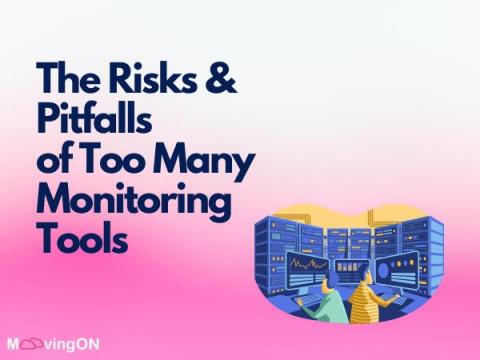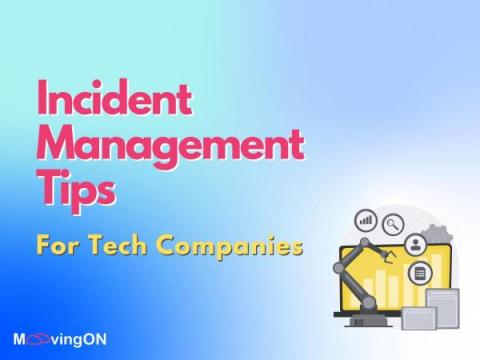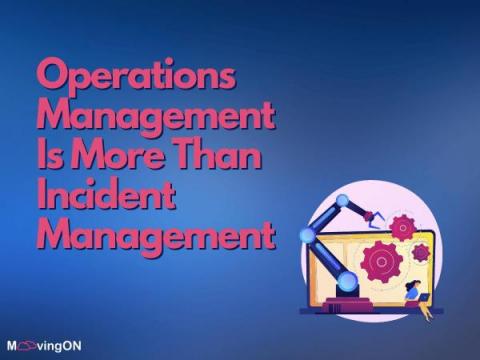Operations | Monitoring | ITSM | DevOps | Cloud
Latest Posts
How Seamless Uptime Management Ensures Operational Peace of Mind
A Day in the Life of a NOC Engineer
While your regular job may allow you to make your snooze button your best friend, what would you say to a job that requires 6-8-hour shifts (probably night shifts too) and demands that you be on call 24/7? Welcome to the life of a NOC engineer.
Site Reliability Engineering: Definition, Principles & How It Differs From DevOps
How Runbook Automation can Simplify CloudOps Use
.Organizations in every industry continue their transition to cloud services, and while this may be a step forward in general, it does bring with it its own unique set of challenges. Cloud use, and in particular CloudOps, relies on a complex and intricate infrastructure which is difficult to manage and maintain, and it's a critical part of keeping a business' networks functioning. This makes finding a way to simplify the use of CloudOps a top priority for many businesses, but does a solution exist?
MTTR, MTTA, SLA... What's the Difference?
These abbreviations are used often in the world of DevOps, NOC, and R&D, but often they are used interchangeably when they aren't actually the same. So, what's the difference?
The Risks and Pitfalls of Too Many Monitoring Tools
If you are like most organizations, your technology environment is a complex mixture of tools needed to run your business. In this environment, monitoring and observability are critical to making sure everything is running smoothly. You use monitoring tools to measure server resources, log-parsing tools for troubleshooting, application tools to observe application performance, and audit-request tools to comply with regulations. While these are all valid observability needs, there are risks to overdoing it by introducing too many tools. Here are some ways to avoid monitoring proliferation when developing your observability strategy.
Incident Management: Tips for Tech Companies
A seemingly straightforward technical problem can often have explosive consequences. Say a tech team restarts a cloud server overnight; those few minutes of downtime might trigger a problem elsewhere and cause your app to crash. The following morning, customers can't access your services, you're trending on social media for all the wrong reasons and your customer service reps are left to pick up the pieces. Scenarios like this prove the value of incident management. But you need best practices that ensure incident management does what it's supposed to do. Otherwise, it's just another buzzword. Here are some best practices for incident management that you need to incorporate into your tech organization.
Runbook Automation as a Baseline for Controllability and Observability
Some of the highest priorities for engineers - from NOC Engineers, DevOps & Site Reliability Engineers - are the automation and optimization of their production environments. Many companies today face tough challenges with their Network Operations Centers (NOCs) or production environments. These challenges fall into the hands of engineering teams.
Operations Management Is More Than Incident Management
To many, incident management and operations management may seem similar though they differ significantly. This difference, which lies in their end goals, also suggests that operations management is much more than incident management. To better understand why, it helps to look at the purpose of each one.









